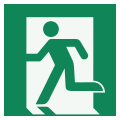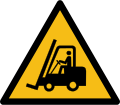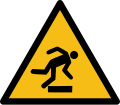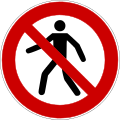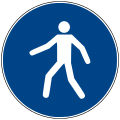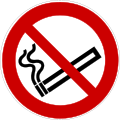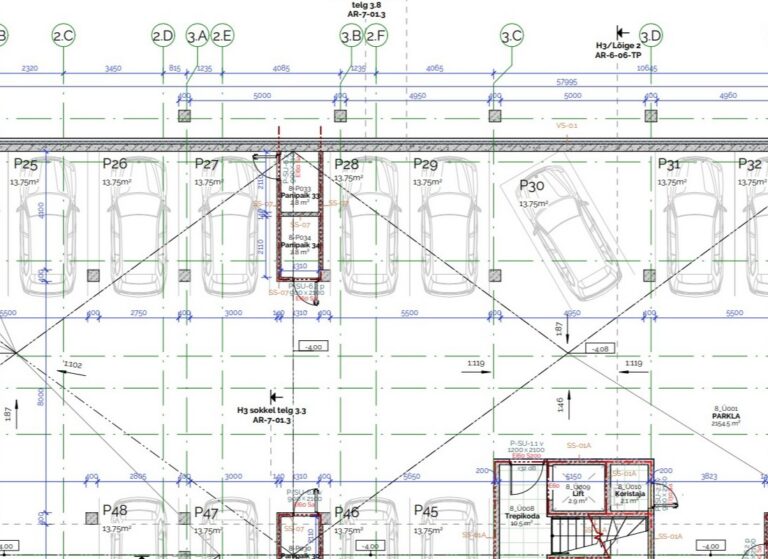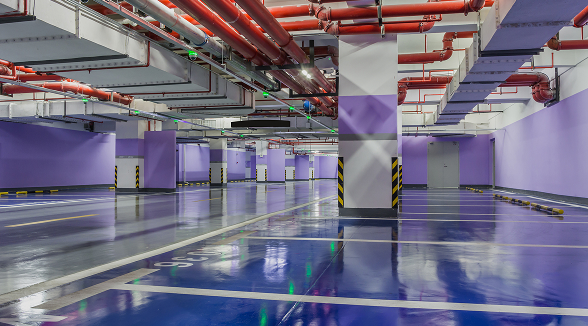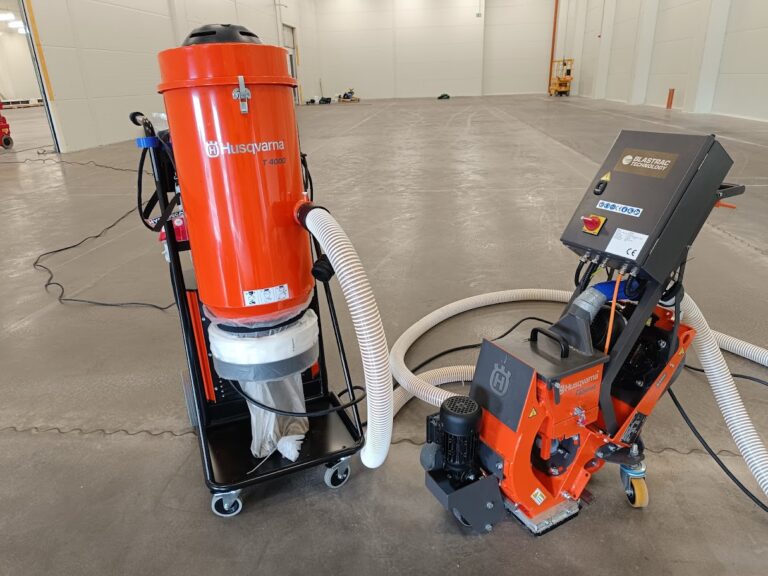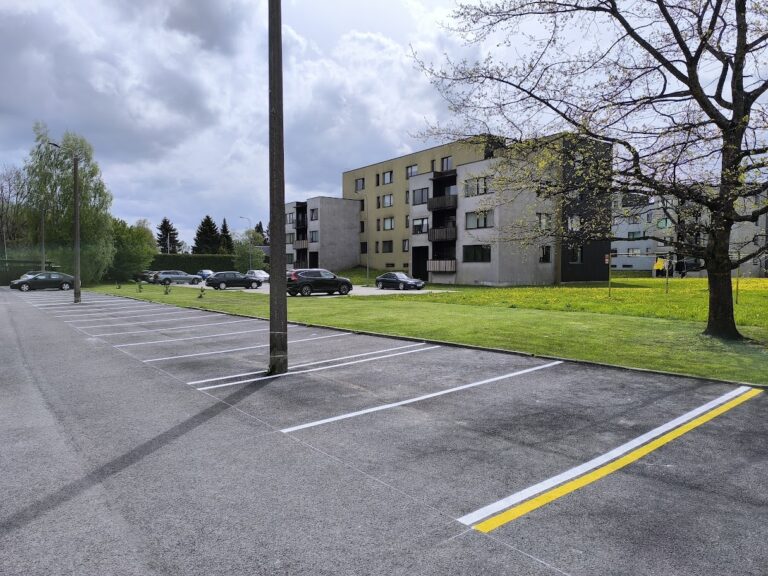Workplace safety in factories, warehouses, and production facilities is an essential part of a good working environment and is regulated by law (Occupational Health and Safety Act). Well-designed and properly applied safety markings help prevent accidents, keep the workplace organized, and also improve efficiency. Currently, the number of workplace accidents in Estonia is decreasing, although the situation in the manufacturing industry is still far from ideal (Statistics Estonia, Labour Inspectorate). Workplace accidents can be significantly reduced through effective safety markings.
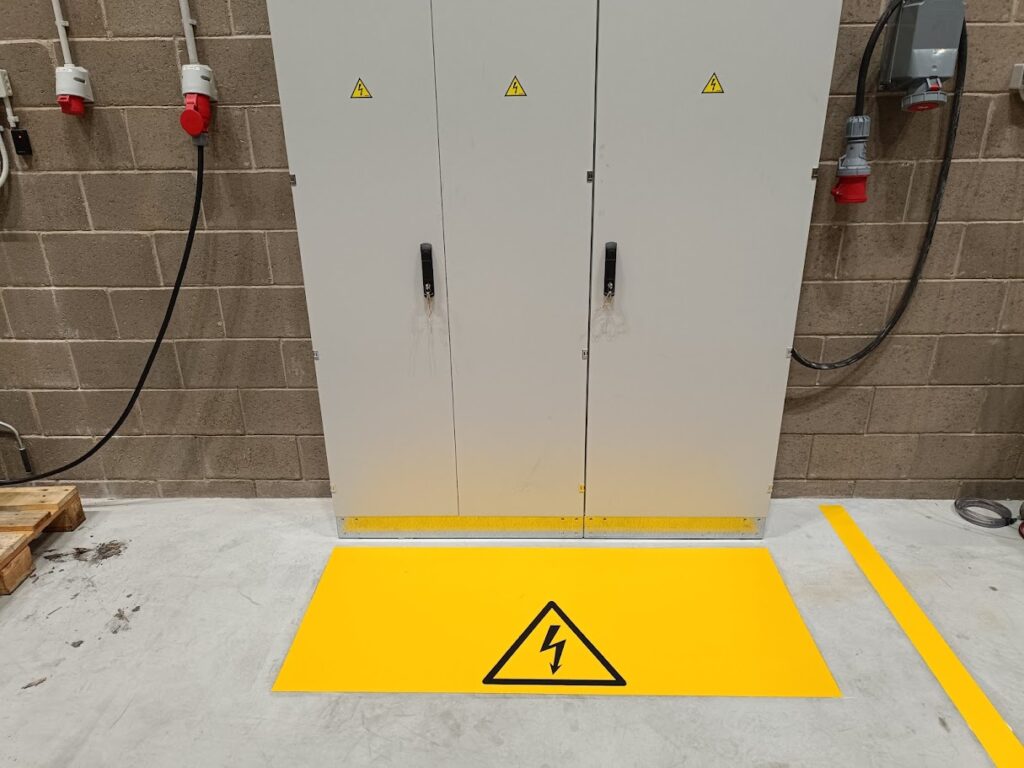
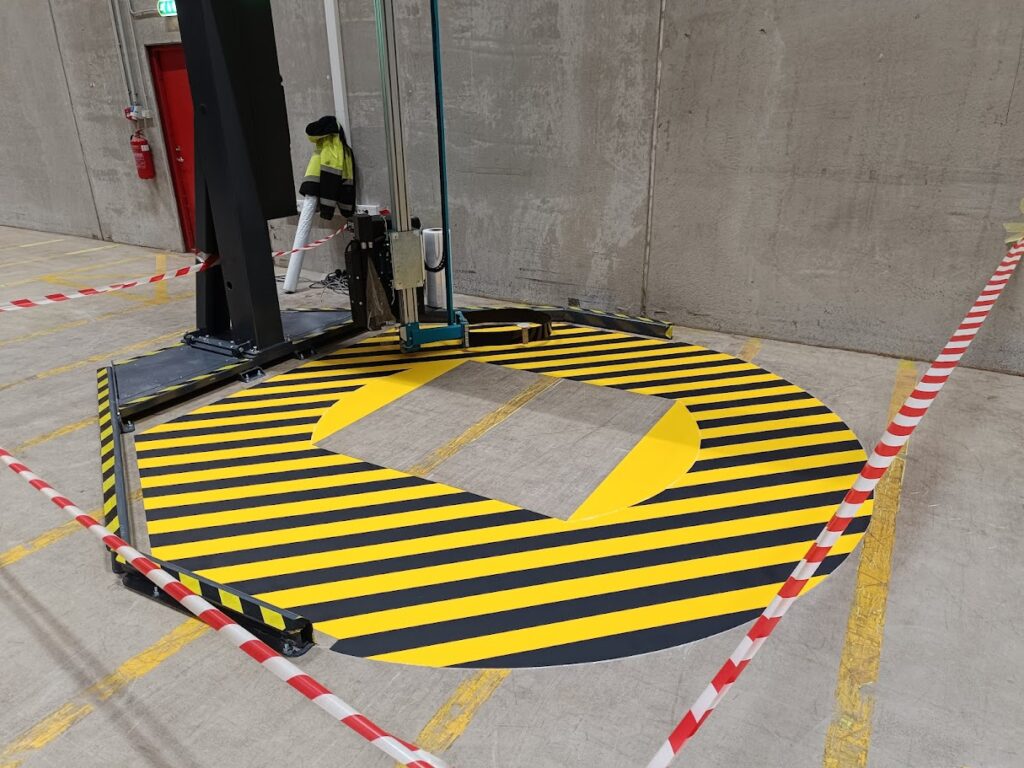
What does workplace safety marking include?
Safety markings may include, for example:
- Pedestrian walkways separating foot traffic from work areas or forklift lanes.
- Forklift warning signs.
- Markings for fire extinguishers and first aid stations.
- Stairways, bridges, evacuation routes, and emergency doors.
- Designated working zones for machinery.
- Locations of tools, workbenches, and storage areas for pallets.
Such markings not only improve safety but also speed up workflows by making organization clearer.
Examples:
Forklift warning sign
Pedestrian walkway marking
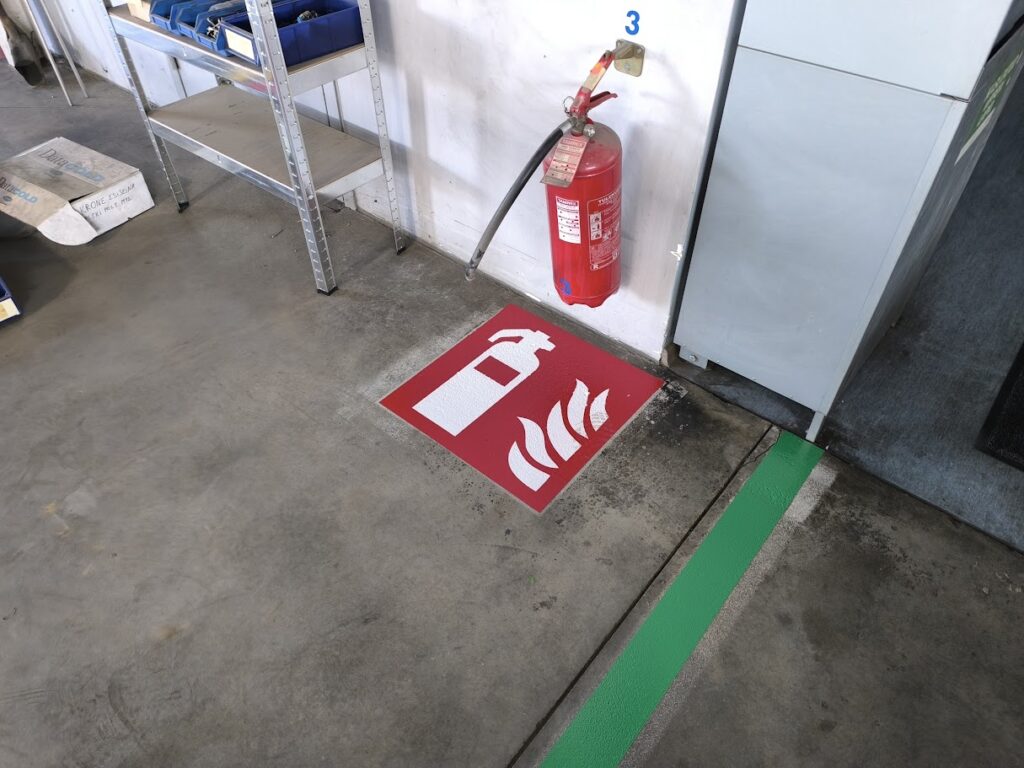
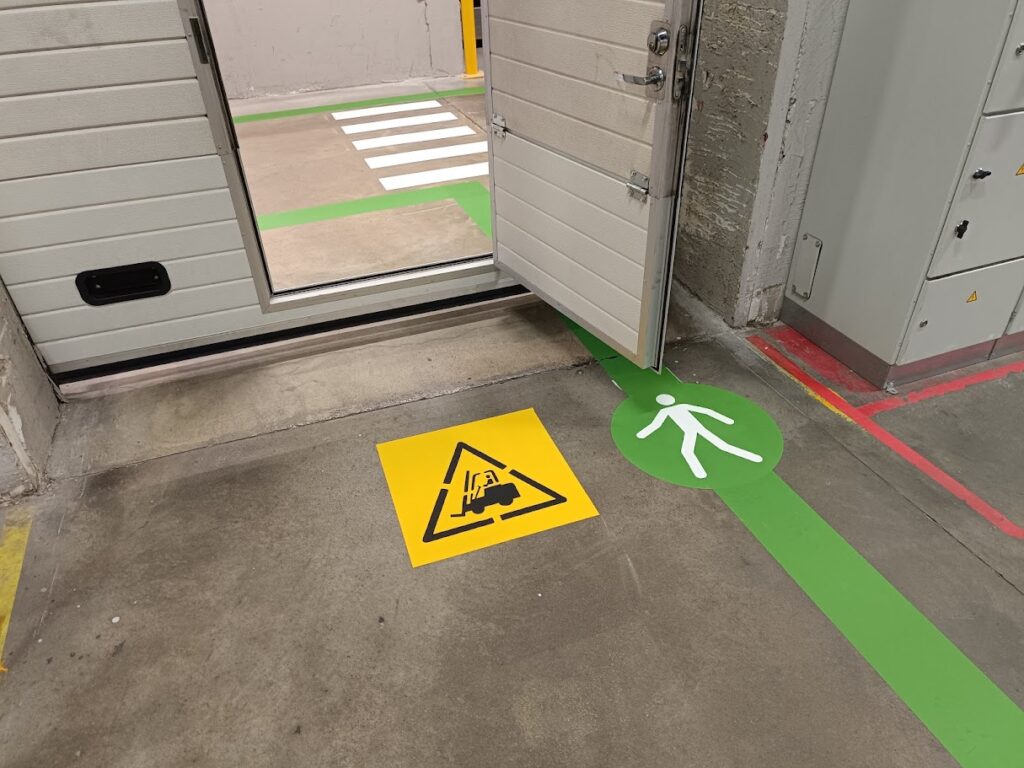
Materials for safety markings
Workplace safety markings can be applied using paint, special floor marking tapes, or adhesive stickers. The choice of material depends on the floor surface, its condition, the expected load on the markings, and whether the markings are intended as a permanent solution or temporary (in case of upcoming process changes).
If changes are expected in the near future, we recommend using tape, as it is much easier to remove than paint.
For permanent solutions, 2K epoxy paint is a strong option for high-quality surfaces, as it can withstand even the heaviest loads. Other alternatives include polyurethane paints, 1K road paints, and standard concrete paints, some of which can be sealed with lacquer to improve resistance to wear and tear.
Symbols used in workplace safety markings
Safety symbols are standardized according to ISO 7010 (link), which defines the appearance of symbols, and ISO 3864 (link), which specifies the color schemes used in safety signage.
It is important to consider the correct standards already at the planning stage. This makes both planning and execution easier, removes the need to design symbols, sizes, or colors yourself, and ensures that the final result is official and compliant with Labour Inspectorate requirements (more info).
✅ We create safe and efficient work environments for you – from planning to the right aftercare solutions!
